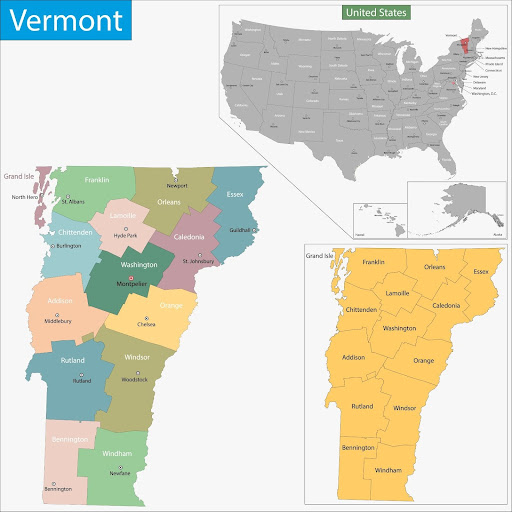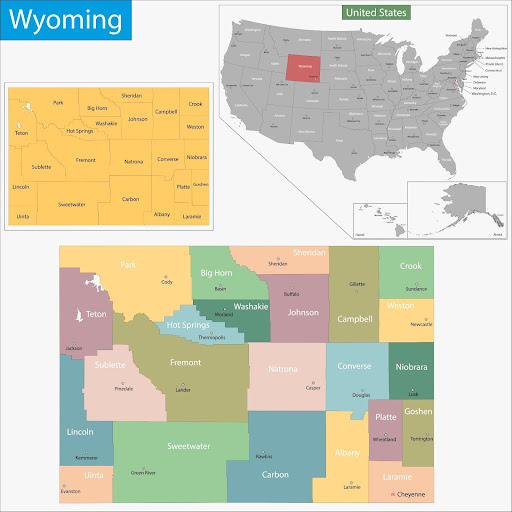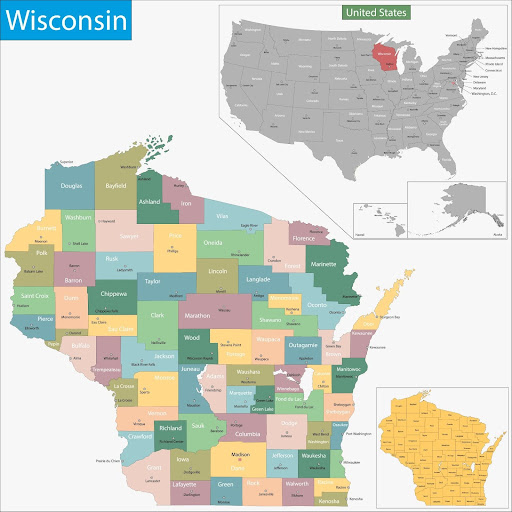While Vermont has historically seen low fire activity compared to the West, warmer winters, invasive species, and shifting land use patterns are increasing the state’s vulnerability. For fire investigators, that means more calls, more complexity, and more interagency coordination.
You’ll navigate steep terrain, spotty cell coverage, and a patchwork of private, state, and federal landowners. This guide breaks down the essential wildland fire resources in Vermont: agency contacts, training hubs, response infrastructure, and where to track fires in real time.
Find what you need in our wildland firefighting resources overview.
Live Incident Updates & Maps
Use this tool to stay up-to-date on Vermont wildfires:
State Overview
Vermont’s fire behavior is driven by ground fuels and seasonality, not canopy fire. But don’t underestimate it—during dry spells, leaf litter, pine duff, and blowdown material can carry flames quickly up forested slopes and into backyard wood piles.
- Green Mountains & Upper Elevations: Steep slopes, remote access, and limited road networks make suppression and investigation logistically difficult. Lightning strikes can smolder for days before flaring up.
- Champlain Valley & Lowland Hardwoods: Heavier public use, especially during spring and fall. Escaped debris burns are a frequent ignition source.
- Wildland-Urban Interface (WUI): Increasingly present in places like Brattleboro, Stowe, and the outskirts of Burlington. Many homes sit adjacent to high-fuel forest land with limited defensible space.
Wildfire Season Timeline
Vermont’s fire season may be shorter than in the West, but it’s no less demanding. Investigators should pay close attention to permit windows and red flag warnings.
- Spring (April–June): Peak fire activity. Snowmelt exposes dry duff and leaf litter before green-up begins. Most ignitions are human-caused, debris burns and agricultural clearing.
- Summer (July–August): Typically wetter, but short-term droughts can still spike fire risk, especially in the Northeast Kingdom and central mountains.
- Fall (September–October): Secondary fire season. As foliage drops and curing accelerates, fires move fast across leaf-covered ground. Campfires and burn piles are common culprits.
Key State Agencies Involved
Vermont’s wildland fire response and investigation ecosystem is small but interconnected. Coordination is key.
Local Wildland Firefighting Resources
Vermont relies heavily on its local infrastructure, especially town fire departments and forest fire wardens. These crews often carry the first load on suppression and scene access.
List of Local/State/Federal Fire Response Agencies
You’ll likely coordinate with a mix of these agencies on any given fire:
Contact Numbers and Emergency Links
- To Report a Wildfire: Dial 911
- FPR Wildland Fire Program: (802) 828-1531 | https://fpr.vermont.gov
- Burn Permit Info (Contact Your Town Fire Warden): https://fpr.vermont.gov/forest/wildland-fire/burn-permits
- NECC Dispatch Center: (603) 528-8721 | https://gacc.nifc.gov/necc/
Training & Volunteering
While Vermont doesn’t have large fire academies like out West, it does offer high-quality NWCG-certified courses through regional partnerships.
NWCG-Approved Academies and Centers
Volunteer and Seasonal Training Opportunities
Stay Informed on Virginia’s Wildland Fire Landscape
While Vermont’s fire activity may seem modest, the stakes are growing. Climate volatility, invasive plant species, and encroaching development are changing the fire regime.
- Subscribe to FPR Wildland Fire News
- Monitor ERC and drought index via Northeast Climate Center
- Track regional dispatch trends at NECC
- Build relationships with town fire wardens. They’re the backbone of the system.
FAQs
Who investigates wildfires in Vermont?
Primary investigation often starts with the local fire warden. FPR may assist or lead if the fire crosses jurisdictions or shows signs of negligence. Fires on federal land are investigated by USFS personnel.
How do I report a wildfire?
Call 911 and contact your local town fire warden if known. Most fire departments also report directly to FPR.
Can I burn brush in Vermont?
Yes, but you need a written burn permit from your local fire warden, and only during approved burn windows. These windows shift with daily fire danger levels, which you can track at fpr.vermont.gov.










